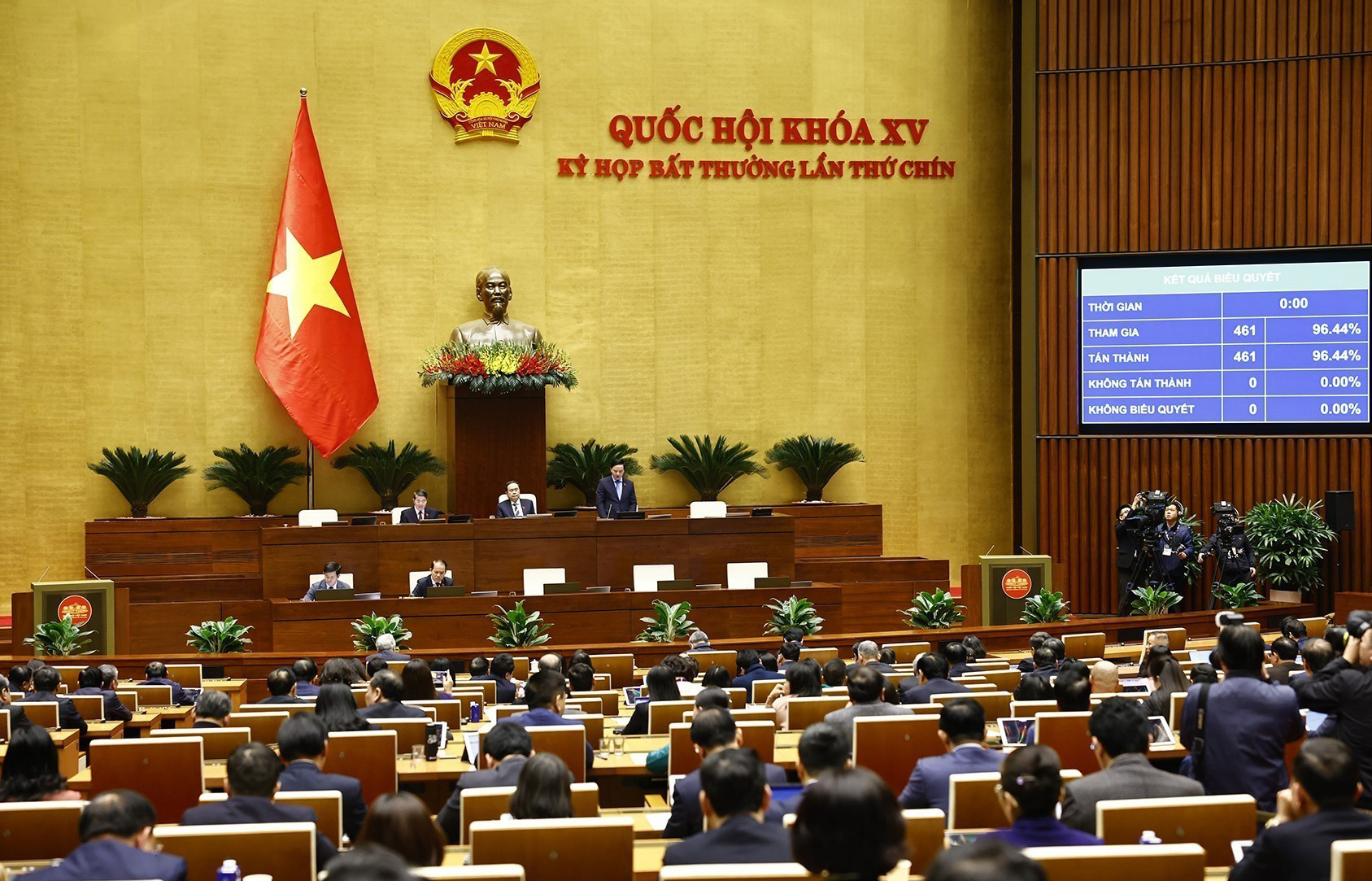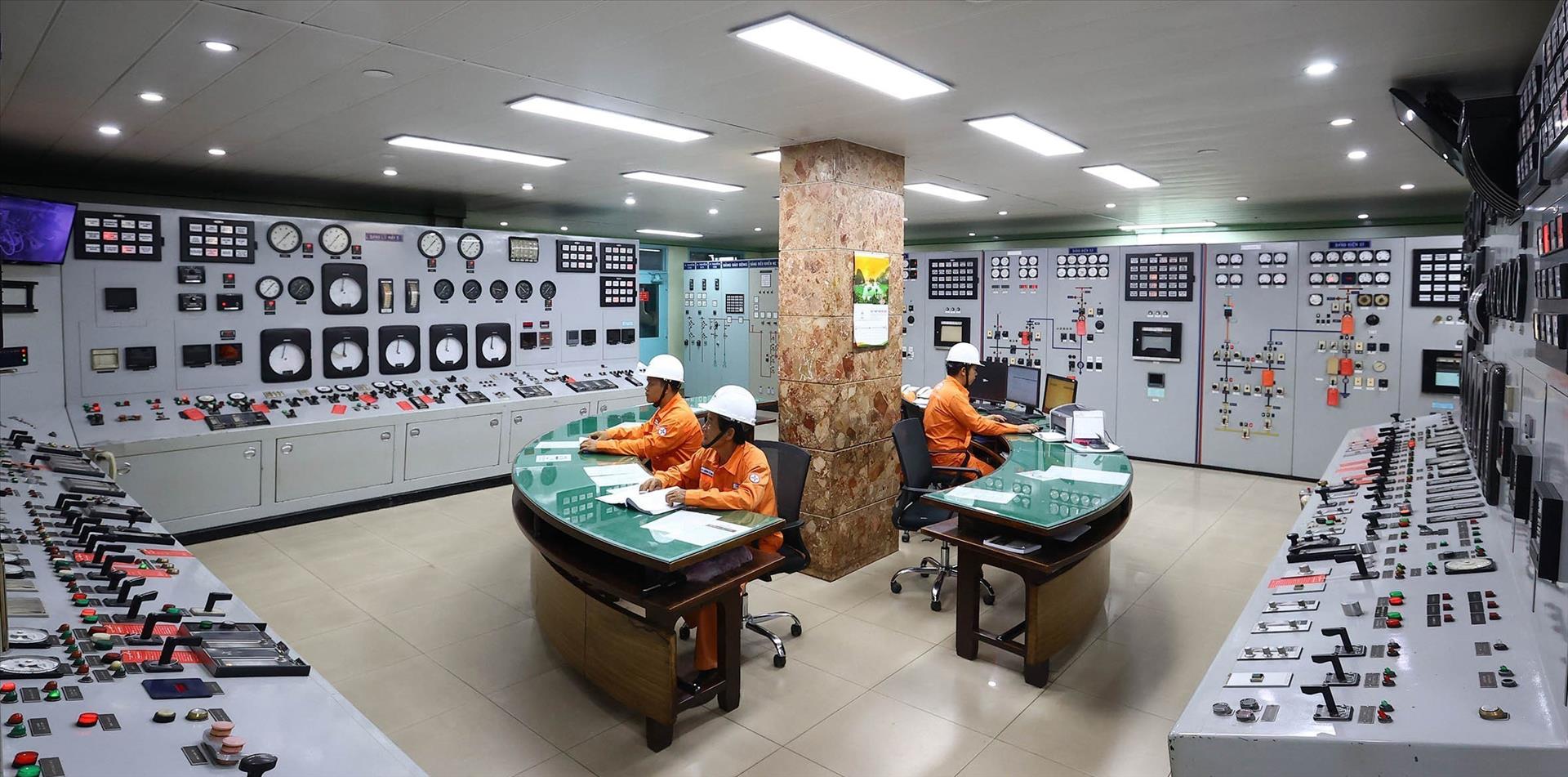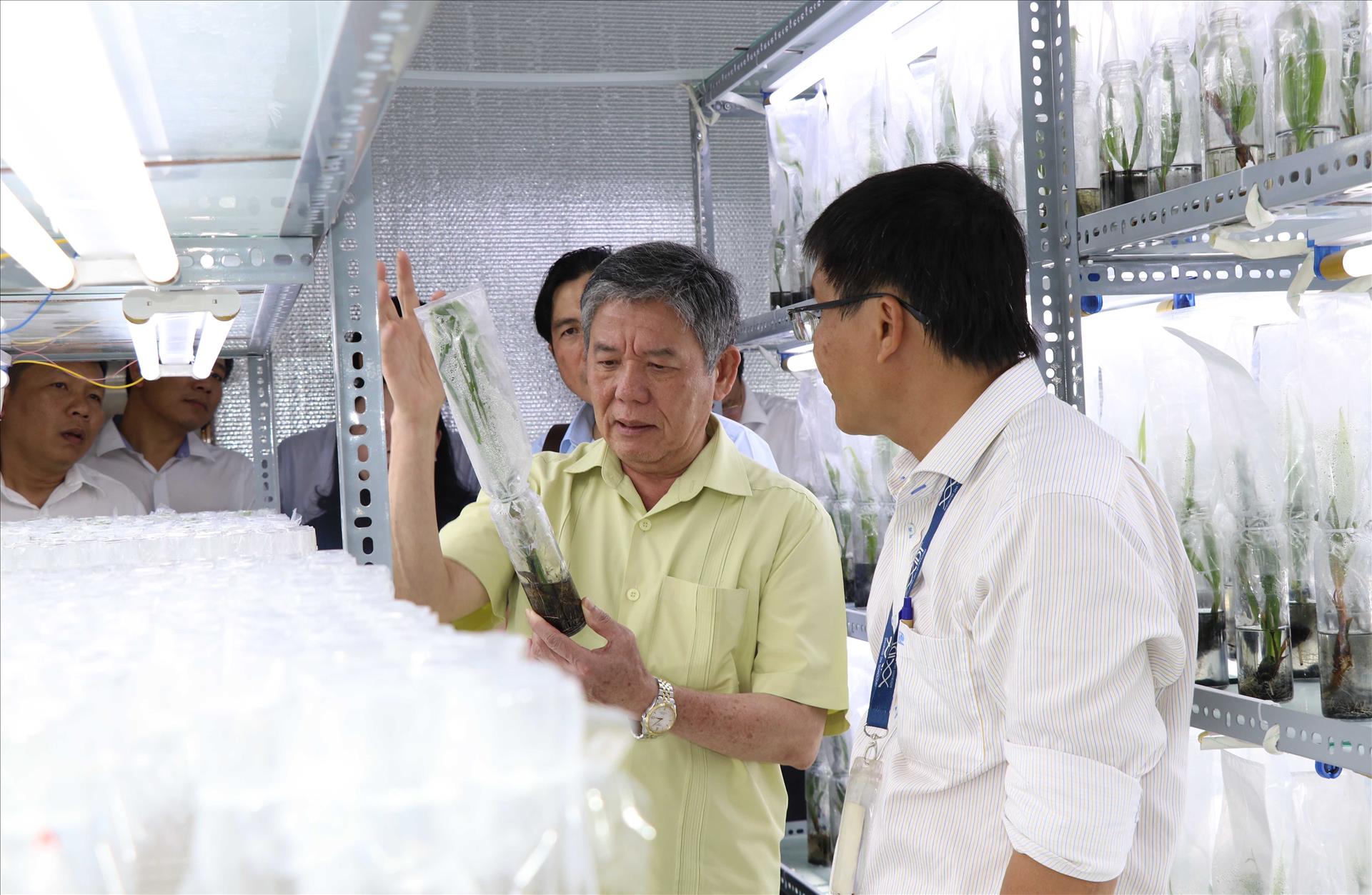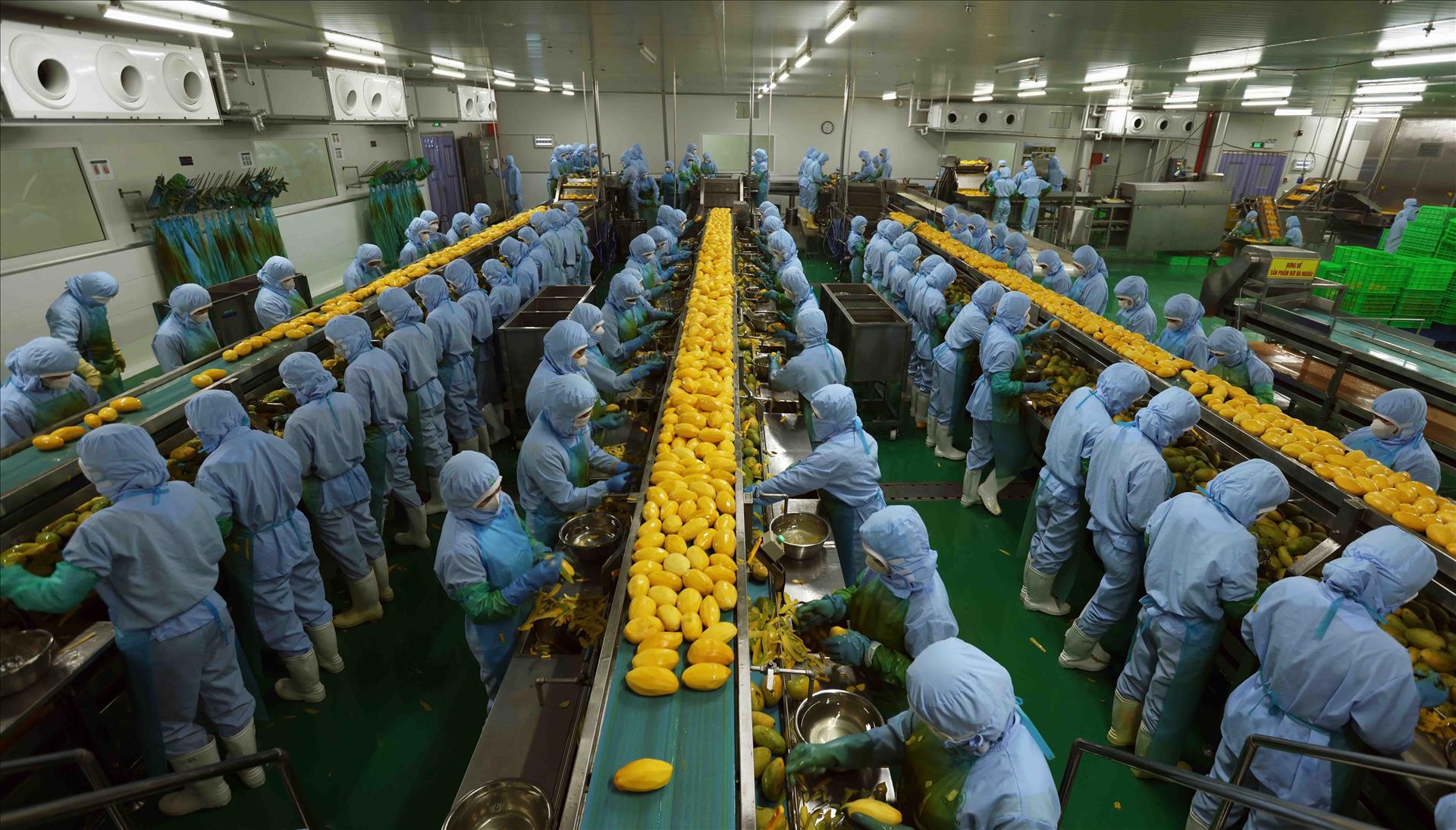Streamlining for a Better Future
Vietnam stands at a historic turning point, entering a new era with a firm commitment to streamlining its political system for greater efficiency and effectiveness. The nation seeks to generate fresh momentum for economic and social development while enhancing both the material and spiritual well-being of its people.
In his article on building the political system, titled “Elite - Streamlined - Strong - Efficient - Valid - Effective,” Party General Secretary To Lam emphasized that at every stage of the revolution, the Party and the State have placed great importance on enhancing the leadership, governance, and combat capabilities of the Party, while strengthening the efficiency, effectiveness, and operational performance of the political system.
Despite the country’s remarkable transformations during 40 years of renovation, the development of the socialist rule-of-law state, and advancements in science and technology, Vietnam’s political system, though partially reformed, still largely follows a model designed decades ago.
Many aspects are now outdated and misaligned with current conditions, contradicting the principles of development and fostering a mindset where ‘words do not align with actions’.
After six months of implementation, the entire political system has undergone significant transformation, operating with renewed energy and efficiency to drive economic and social progress. The Political Bureau and Secretariat have worked diligently, while the National Assembly, the Government, and the Vietnam Fatherland Front have effectively coordinated efforts to remove bottlenecks and obstacles hindering economic growth and the daily lives of the people.
As a result of streamlining efforts aligned with Resolution 18-NQ/TW on continuing to reform and restructure the political system for greater efficiency and effectiveness, the number of central Party commissions has been reduced to six. These include the Central Organization Commission, the Central Internal Affairs Commission, the Central Commission for Information, Education and Mass Mobilization, the Central Inspection Commission, the Party Central Committee’s Office, and the Central Commission for Policies and Strategies.
At its 9th extraordinary session, the National Assembly reviewed and passed the amended Law on the Organization of the National Assembly, along with resolutions on the organization of its agencies and the number of members in the 15th National Assembly Standing Committee. According to Vice Chairman of the National Assembly Nguyen Khac Dinh, prior to the restructuring, the National Assembly had 14 agencies. After the reorganization, this number was reduced to nine, a decrease of five agencies, equivalent to a 37.5% reduction.
Regarding departments and units under the Office of the National Assembly, the number of entities was reduced by over 51% following the restructuring. This represents a significant and urgent effort by the relevant agencies.
Meanwhile, the Government’s structure for the 2021-2026 term has been streamlined to 14 ministries and three ministerial-level agencies, a reduction of five ministries and agencies, equivalent to a 22.7% decrease. The ministries now include the Ministry of National Defense; Ministry of Public Security; Ministry of Justice; Ministry of Industry and Trade; Ministry of Culture, Sports, and Tourism; Ministry of Foreign Affairs; Ministry of Education and Training; Ministry of Health; Ministry of Finance; Ministry of Construction; Ministry of Agriculture and Environment; Ministry of Science and Technology; Ministry of Home Affairs; and the Ministry of Ethnic and Religious Affairs. The three ministerial-level agencies are the Government Office, the Government Inspectorate, and the State Bank of Vietnam.
Additionally, the number of government-affiliated agencies has been reduced by three, leaving only five: the Vietnam Academy of Science and Technology, the Vietnam Academy of Social Sciences, Vietnam Television, the Voice of Vietnam, and the Vietnam News Agency.
This restructuring is closely tied to downsizing personnel and reorganizing the workforce to ensure that officials possess the necessary competence and moral integrity to fulfill their responsibilities.
Downsizing does not mean arbitrary job cuts; rather, it focuses on eliminating redundant positions and inefficient tasks while reallocating resources to key areas and deserving individuals.
These initial reforms have reinvigorated the mission of safeguarding, developing, and advancing the nation. They provide a solid foundation for achieving the targets set for 2025 and serve as a stepping stone toward realizing the full objectives outlined in the 13th National Congress of the Communist Party of Vietnam.
Story: VNP Photos: VNA Translated by Nguyen Tuoi








